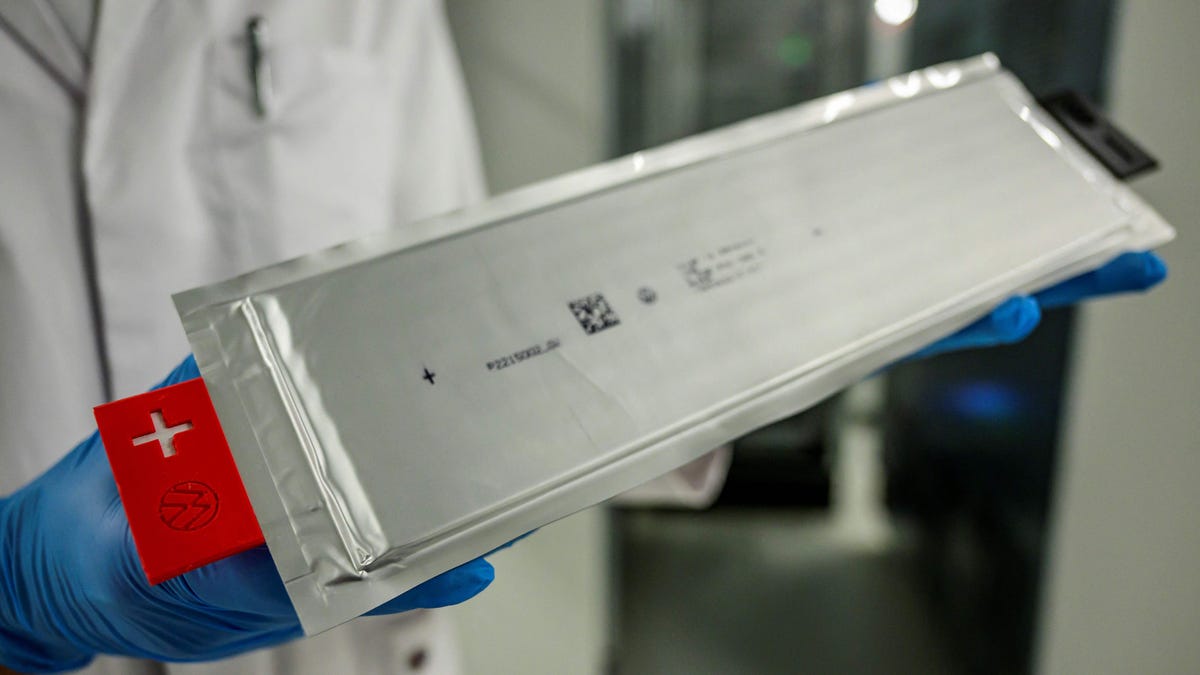Scientists Discover a Way to Make Cheaper Batteries From Everyday Elements

Photo: John MacDougall (Getty Images)
The world is going all-in on electrifying transportation, mostly. Right now, some automakers are exploring a future with all-electric line-ups; some are also looking at things like hydrogen power or synthetic fuels. The latter of those, might be a more viable solution if we continue making batteries with precious metals for everything we use daily — from our phones to our cars. OR, we can use metals that are more abundant and even cheaper to build with.
As reported by Treehugger, scientists at Massachusetts Institute of Technology (MIT) have found a cheaper way to build those batteries that won’t strip Mother Earth of her precious lithium, cobalt and nickel. The ingredients for this metal-saving (for both precious metals and your money) are aluminum, sulfur and molten salt. Yes, that’s aluminum like your aluminum foil and the sulfur you could find in your hard water, with a “molten salt electrolyte.”
John F. Elliot, Professor Emeritus of Materials Chemistry told MIT News that researchers looked to the periodic table first to understand what kind of metals could be substituted easily for lithium. Iron wouldn’t work due to not having “the right electrochemical properties for an efficient battery.” But aluminum, one of the most abundant metals on Earth, could be. Aluminum was paired with sulfur, that could be suitable to “carry ions back and forth during charging and discharging.” It would also be cheap. Molten salts, with their relatively low melting points, could get down to body temperature and still be effective as an electrolyte.
Researchers also found that along with having discovered a way to make cheap batteries, they found ones that wouldn’t burn and didn’t require any special insulation or measures to prevent corrosion.
It’s not to say that some of those solutions come with mining and separating issues that aren’t as friendly to our environment, as Treehugger points out. However, it’s possible the product itself could offset the battery products already in use today, which still makes for a marked improvement.
G/O Media may get a commission
28% Off
Apple AirPods Pro Wireless Earbuds
Music+
These are the pinnacle of Apple AirPod design, and feature active noise cancelling, a transparency mode for when you need to hear what’s around you, spatial audio for accuracy, adaptive EQ, and are even sweat resistant.
This may not be the solution to the already looming shortages and lack of access to precious metals for our EV-hungry industry, but it is certainly a step that could not only make safer batteries, but for the auto industry, perhaps make electrified vehicles more accessible cost-wise by all.
You can and should read more about how MIT discovered this new battery formula, in this article by clicking here.



